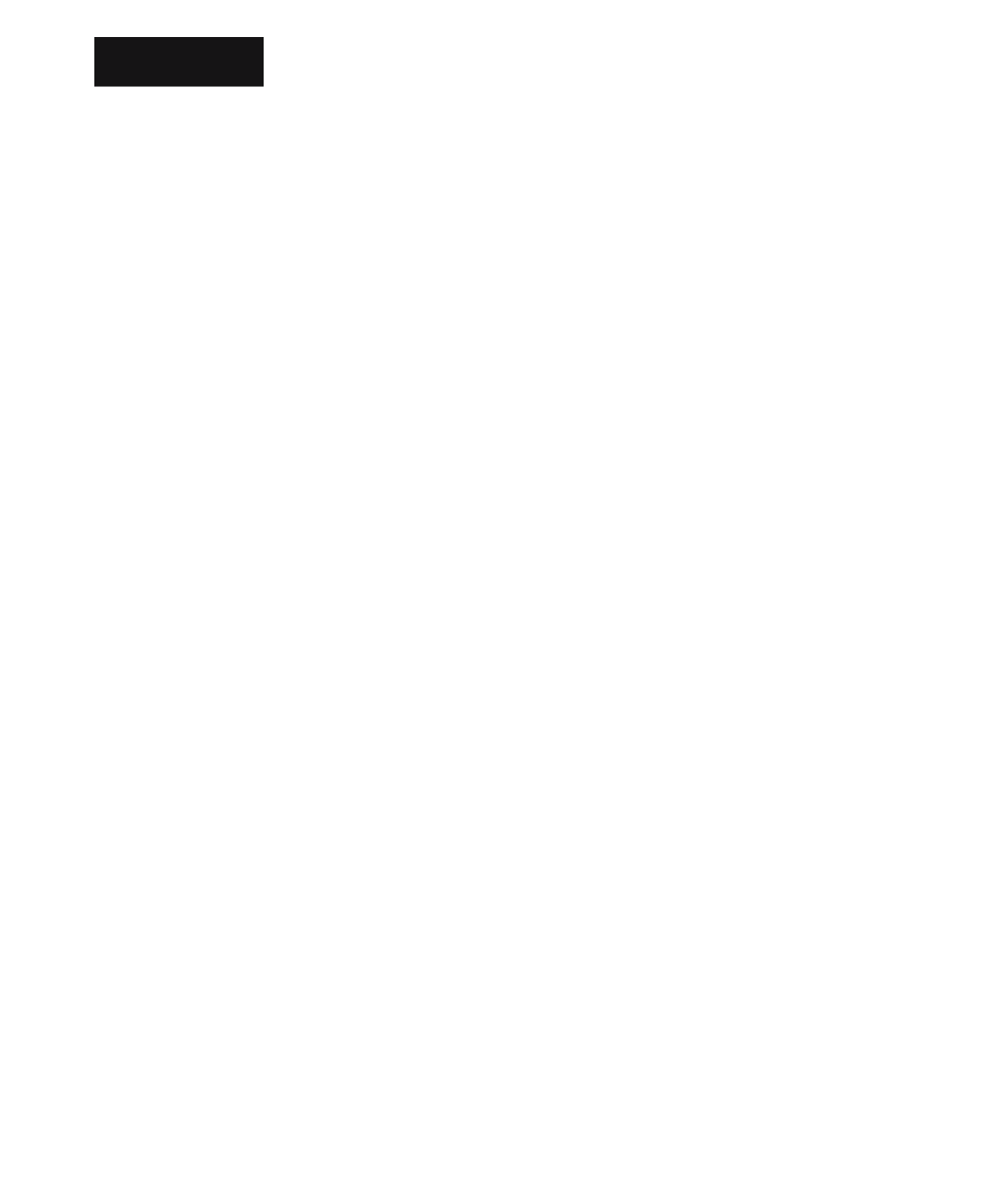Graphics Reference
In-Depth Information
CHAPTER 9
Differential Geometry
9.1
Introduction
This chapter basically continues the study of manifolds, but we now add a metric to
the differential structure that we used in the last chapter. We shall assume that we are
dealing with a Riemannian C
•
manifold throughout this chapter. Differential geome-
try is the study of geometry that deals with metric invariants of such spaces. The dif-
ferential geometer
can
tell a circle from an ellipse, the topologist cannot. Our goal in
this chapter is to discuss those aspects of differential geometry most relevant to com-
puter graphics. Of main concern are smooth curves (one-dimensional manifolds) and
surfaces (two-dimensional manifolds). An excellent general reference for someone
who wants to get an intuitive feel for the many beautiful geometric insights from
which differential geometry developed is [HilC99].
The first half of the chapter deals with metric properties of curves and the second
half with metric properties of surfaces. We start in Section 9.2 with the definition and
some properties of curve length. Sections 9.3 and 9.4 describe some well-known
curvature-related geometric concepts for planar and space curves, respectively.
Although planar curves are obviously a special case of space curves, there are useful
concepts that make sense for them but not for general curves. Sections 9.6 and 9.7
finish the part on curves by describing some classical constructions. We discuss
envelopes of curves, involutes and evolutes, and parallel curves. Next, Section 9.8
begins the study of surfaces. Again, we start with the most basic metric aspect, namely,
area and volume. Section 9.9 describes some important curvature-related geometric
concepts associated to surfaces. This is a long section, but even so we are only able
to describe the most basic of those concepts. Geodesics, or curves of shortest length
in a surface, are defined in Section 9.10. Sections 9.11-9.15 discuss a few classical
special surfaces, namely, envelopes of surfaces, canal surfaces, involutes and evolutes,
parallel surfaces, and ruled surfaces. In Section 9.16 we describe what basically is the
modern approach to the material in the first fifteen sections. We finish this chapter
with a few comments about possible directions for further study in Section 9.17 and
then a summary of important formulas in Sections 9.18 and 9.19.

